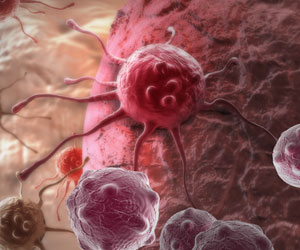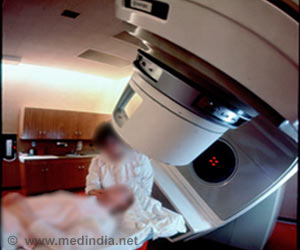High-grade squamous intraepithelial lesions (HSIL) treatment was found to decrease the risk of progression to invasive anal cancer by 57 percent.

‘New mathematical model helps predict anal cancer risk in persons with HIV infection and aids clinicians and patients in making screening decisions.’





“Unfortunately, there remains a lot of misperceptions, discomfort and stigma in addressing this topic,” said first author Edward Cachay, MD, professor of medicine at UC San Diego School of Medicine and an infectious disease specialist at UC San Diego Health’s Owen Clinic, the largest primary care center in San Diego for individuals with HIV. “Our goal was to develop a model-based nomogram that would assist patients and their doctors in making anal cancer screening decisions based on predicted risk profiles.”
Nomograms are mathematical models that calculate relationships between numerical variables. They are often used in cancer prognoses to predict the probability of an event, such as a positive biopsy, risk of recurrence or survival rate.
In the new study, Cachay and colleagues studied data from 8,139 persons with HIV treated at Owen Clinic between 2007 and 2020. Of that total, slightly less than half underwent at least one anal cytology test: 65 percent exhibited abnormal anal cytology results, 12.2 percent had HSILs. Adjusted probability of having an HSIL varied from 5 to 18 percent, depending on patient characteristics and behavioral exposures.
Anal Cancer in HIV Patients
The highest risk observed was associated with men who have sex with men (14 percent) and those who had experienced a CD4 cell count of less than 200. (CD4 cells, otherwise known as T cells, are white blood cells that fight infection and play an important role in the immune system.)However, the authors noted that no single patient characteristic was associated with a predicted HSIL risk of less than 8 percent, highlighting the increased risk of anal cancer among persons living with HIV.
Advertisement
“We have solid evidence from a large randomized controlled trial that treatment of anal HSIL reduces substantially reduces risk of progression to invasive cancer. Although national consensus guidelines have not yet endorsed screening for anal cancer, we believe that there is sufficient evidence to justify shared decision-making discussions between HIV-infected patients and their clinicians regarding whether or not to screen.
Advertisement
Source-Eurekalert















